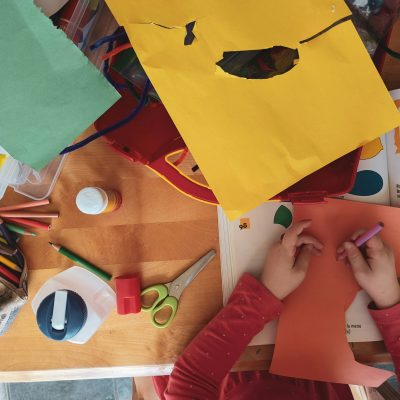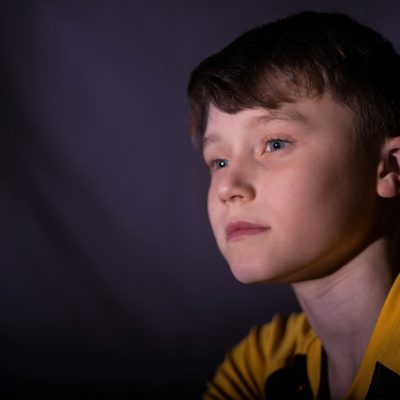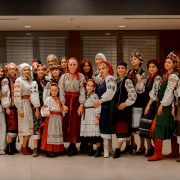Training using elements of fairy tale therapy
The “affective-emotional-volitional (personal)” philosophy of education, which centers on the emotional and social development of the child, is becoming increasingly important. Therefore, there is a great need for game and training technologies aimed at children’s emotional development and self-regulation.
The training is not corrective. It has a developing character. The functions of correction and therapy are realized “naturally”. Nevertheless, the game will be effective in the process of correction of emotional disorders in children, especially fear.
The proposed training is a tool to harmoniously build the process of emotional development of the child.
Goals
Tasks
Age
The age of application of the game – from 4 to 11 years (with normal intellectual development).
Quantity
2-6 people
Game composition
The game training consists of three parts.
Usability
The game can also be used by a psychologist, primary school teacher or educator for psychoprophylactic purposes.
So, the main uses of the game are:
• Correctional classes aimed at working with children’s fears and forming the basics of self-regulation in children,
• psycho-pedagogical courses developing communicative culture in preschool and primary school age children,
• family counseling.
Monitoring
When conducting psychological programs there is always an acute question – how to prove the effectiveness of classes? Traditionally, it is customary to make two psychodiagnostic “slices”: at the beginning of the program and after its completion.
Since the game “Island of Childhood” is a means of emotional development of children, we recommend using psychodiagnostic methods that investigate the emotional state and self-esteem of the child.
Pace and duration of play
The pace and duration of the game is chosen by the leader (psychologist) independently, in accordance with the actual psychological tasks.
If the psychologist’s goal is to entertain the children and motivate them for further psychological sessions, he or she can choose a “fast pace” and go through the whole playing field in one or two times. In this case it is necessary to spend minimum time on discussion of tasks, the main emphasis should be on the game process itself.
If the psychologist is going to build deep work on the basis of the game, then he chooses a “slow pace” and spares no time for performing tasks and discussing them. In this case a program of psychological correction is built on the basis of the game.
Like any board game, Childhood Island can be played many times. In this case, don’t let it bother you that your client has already played and knows the rules. On the contrary, it increases the quality of work. And there are enough variants of tasks so that the game does not become boring.
The psychologist’s position
As an active player, the psychologist follows the rules of the game. Like everyone else, he chooses a chip, rolls a die, and performs tasks. His behavior as an active participant gives the players a peculiar model of constructive behavior, self-work, creative process and search.
If you find it difficult to play two roles at the same time, stay only as a facilitator. As you gain experience in the game, you will feel confident and willing to be both a facilitator and an active player.












